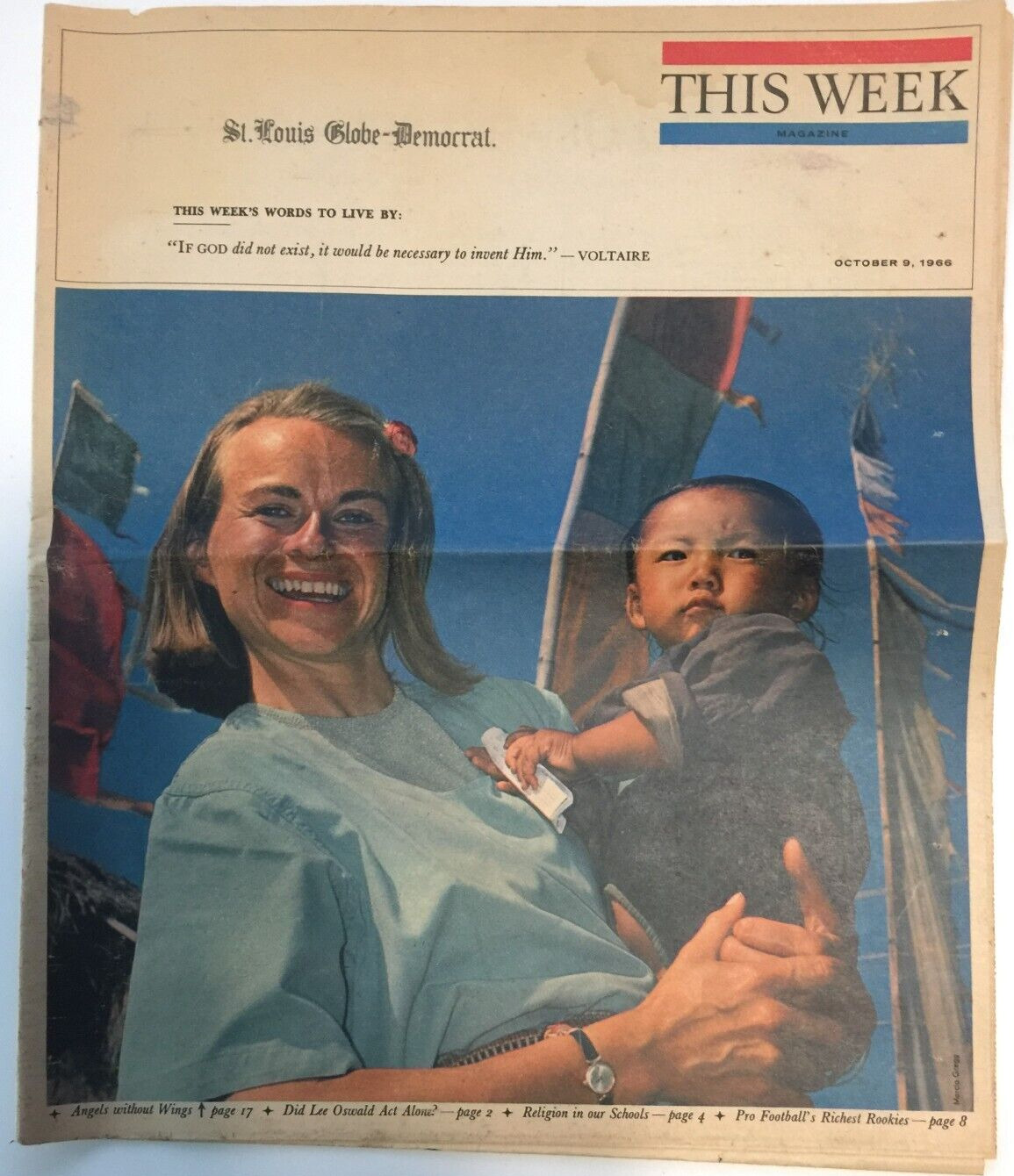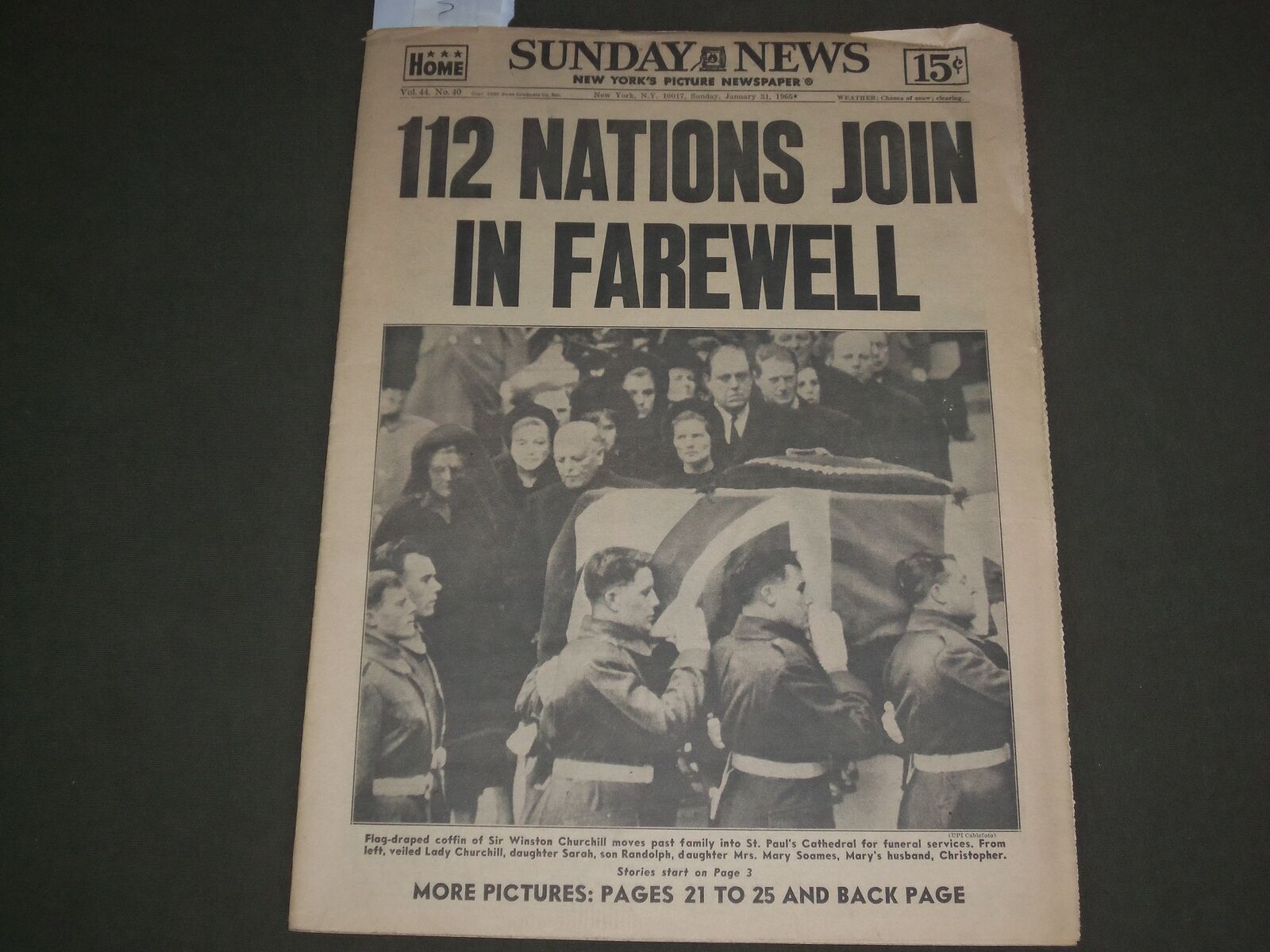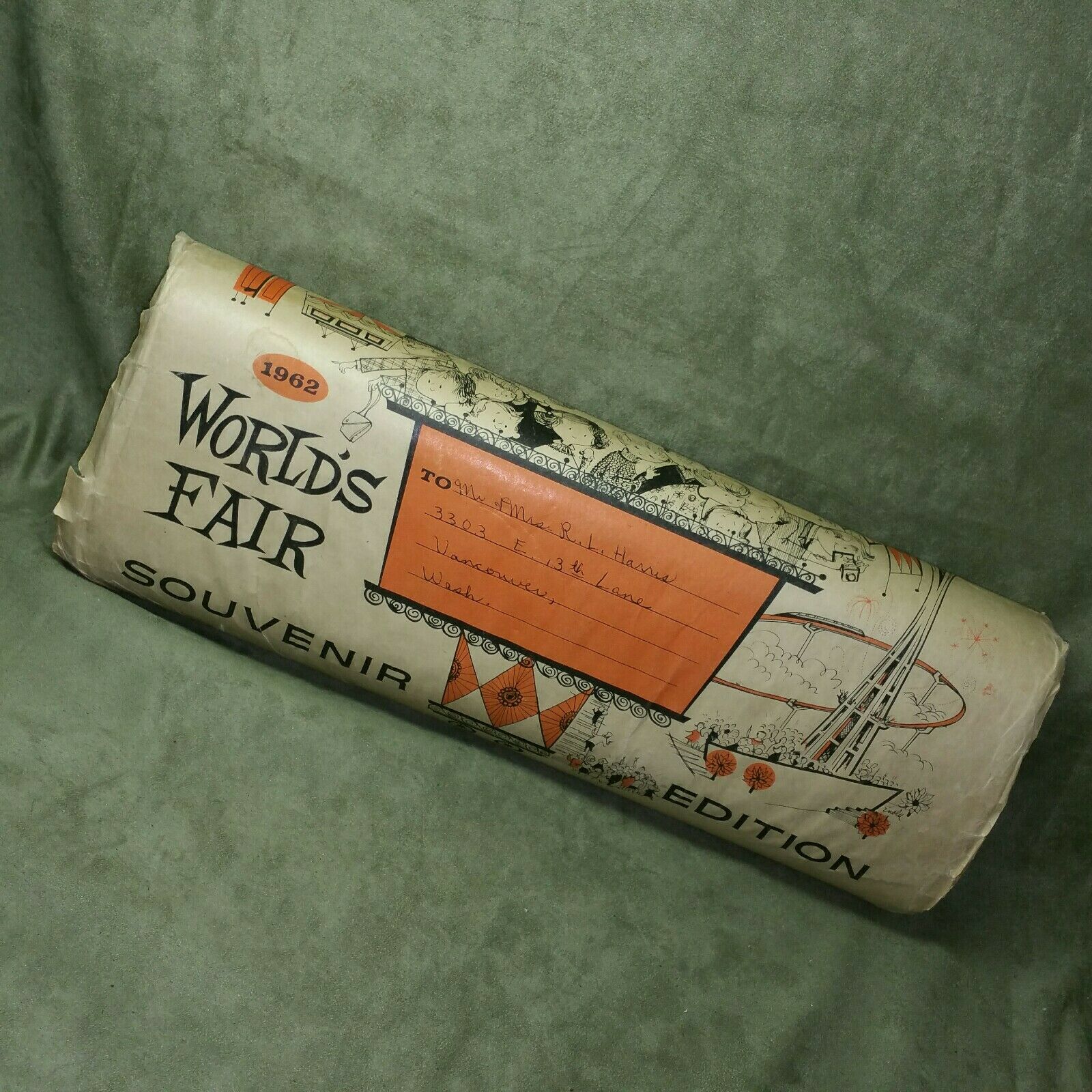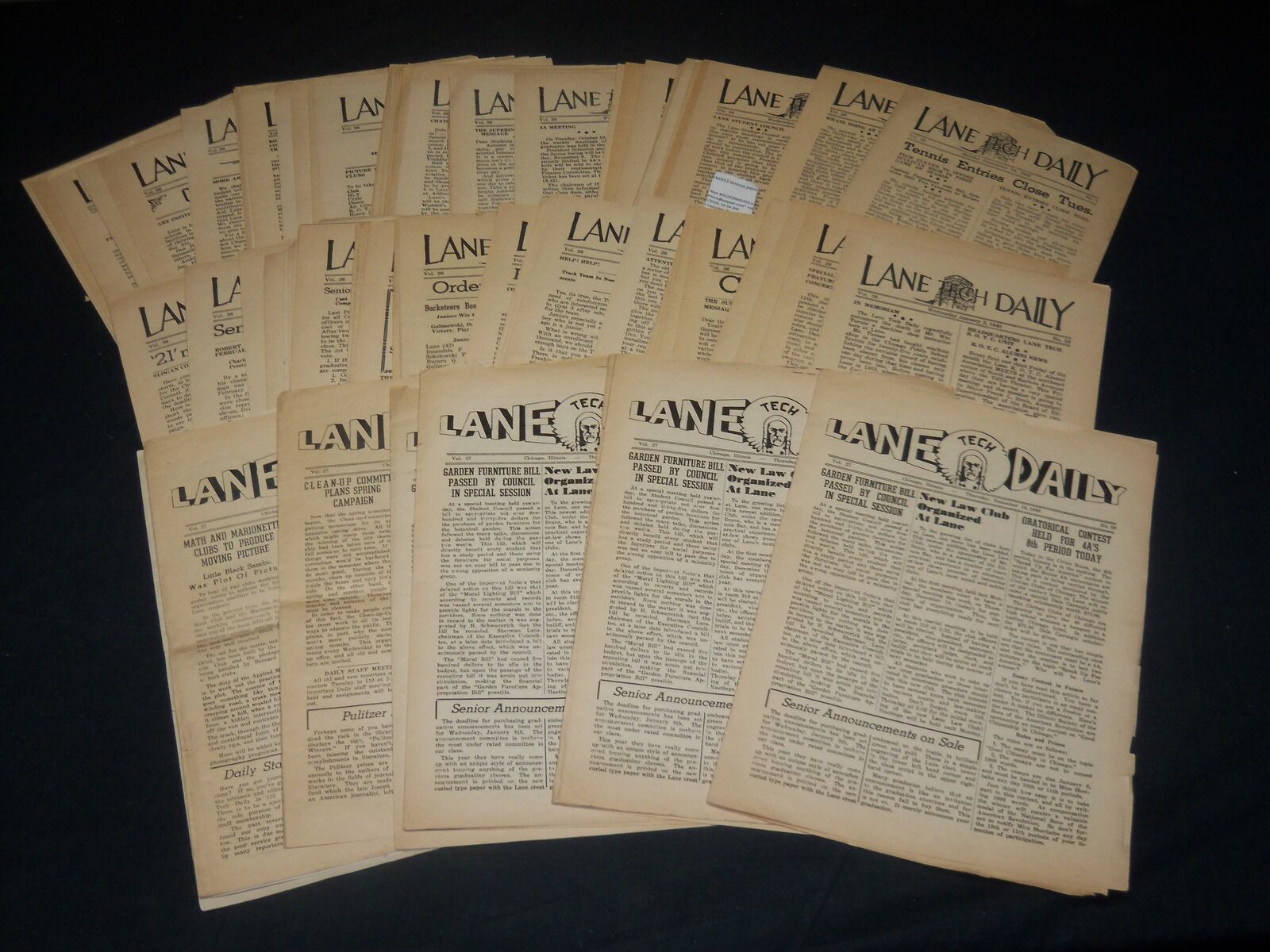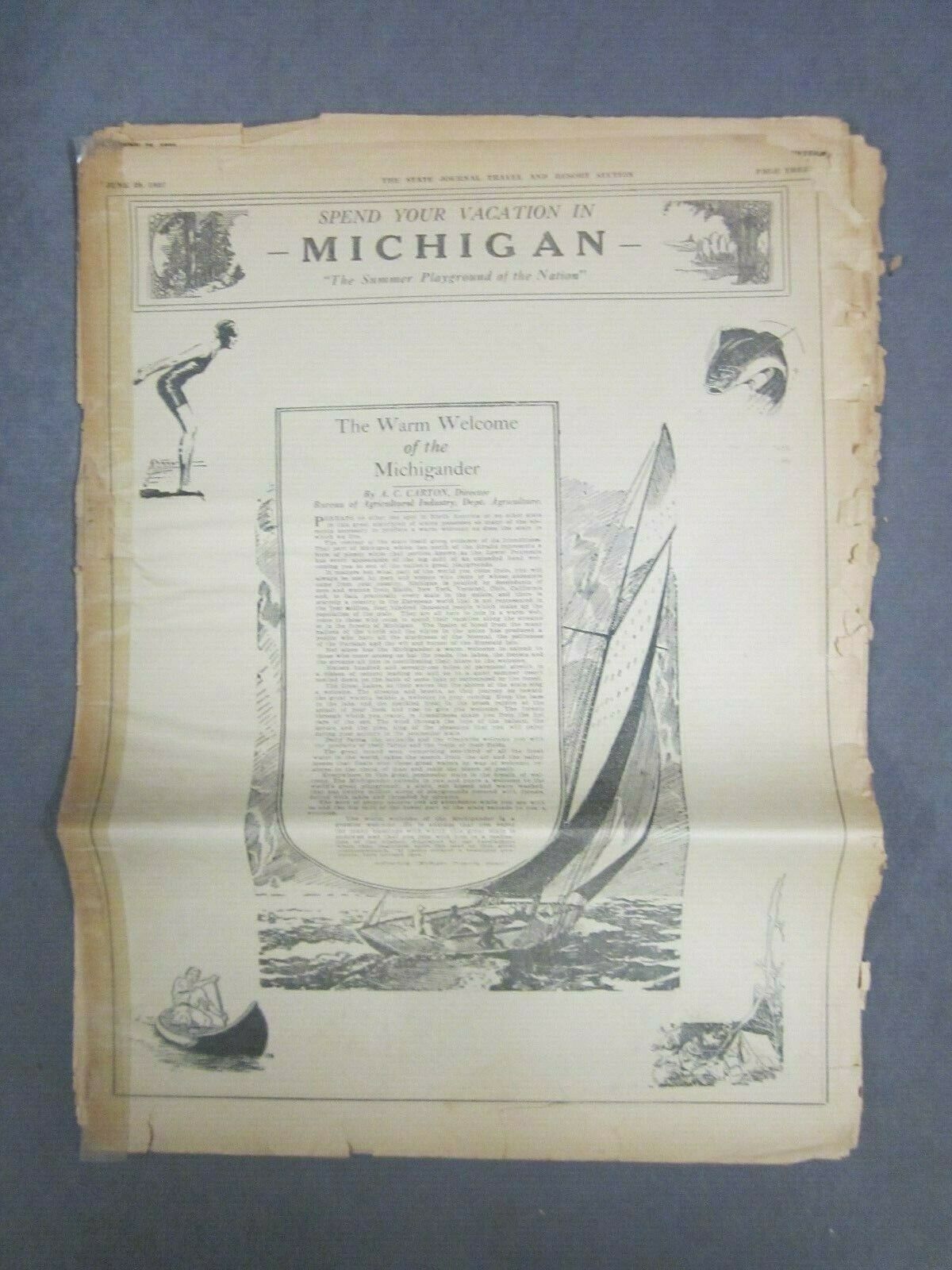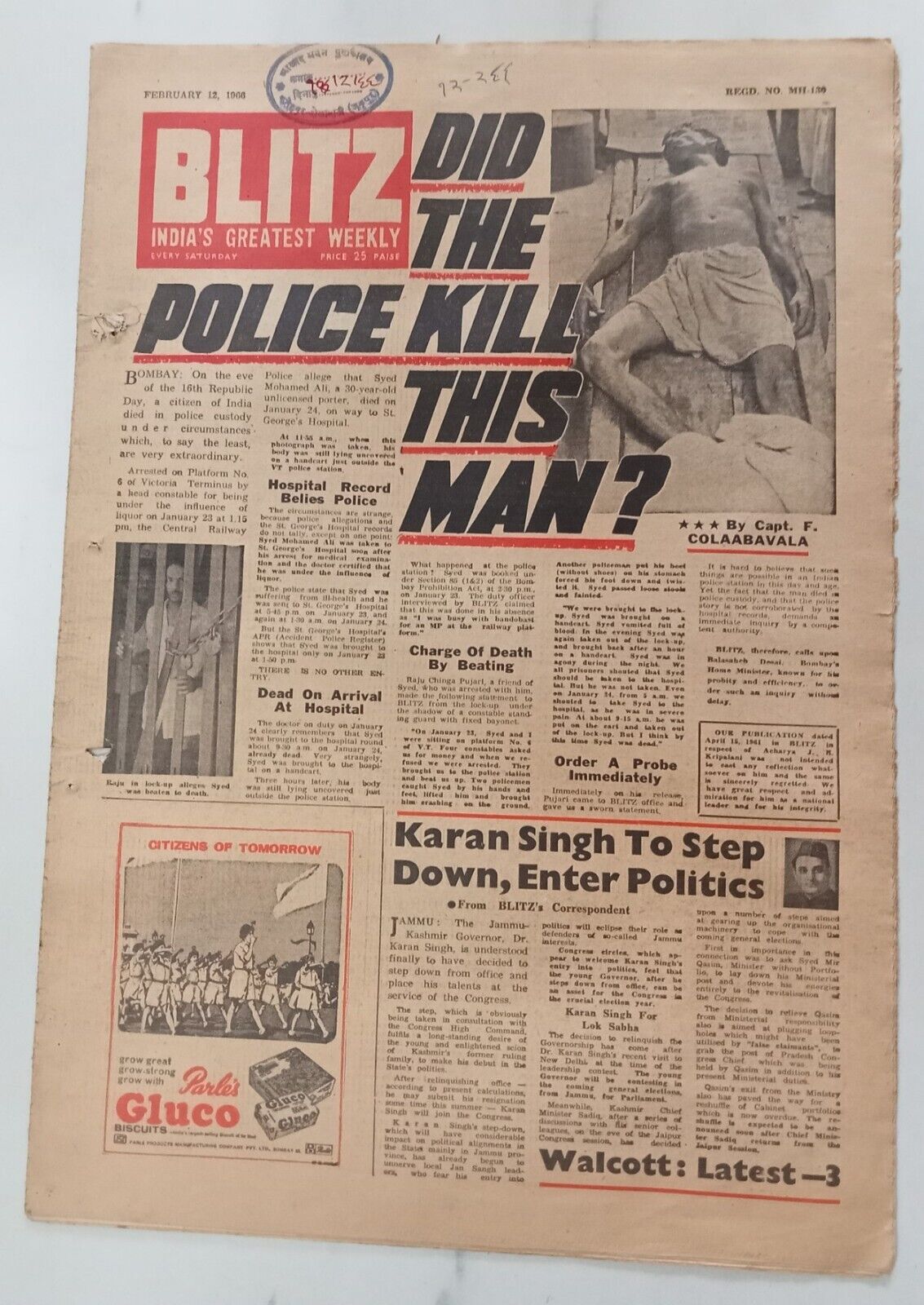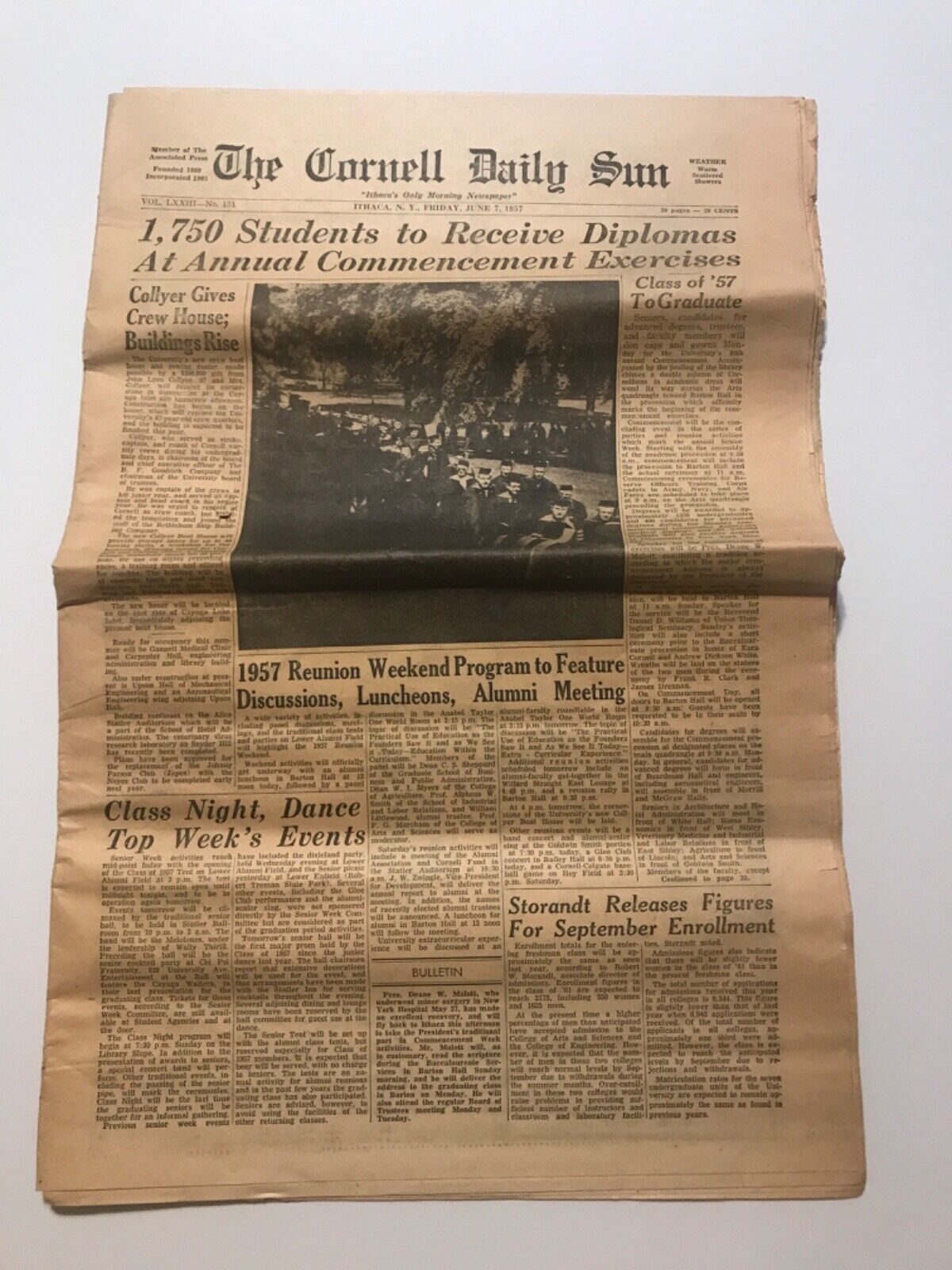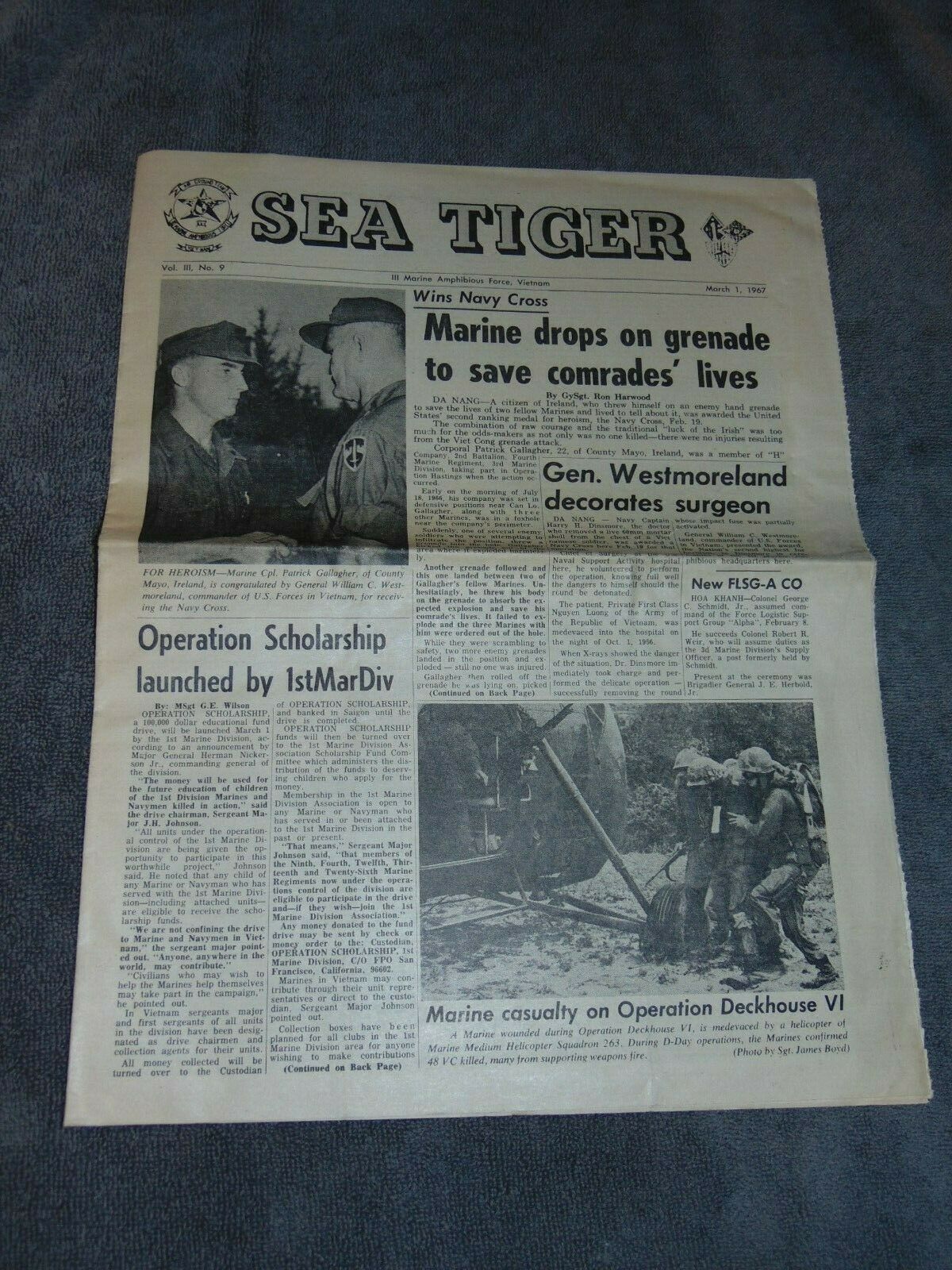-40%
9 1941 newspapers Japan attack on naval base Pearl Harbor HAWAII US enters WW II
$ 31.67
- Description
- Size Guide
Description
9 1941 newspapers Japan attack on US naval base at Pearl Harbor HAWAII & US enters WW II-
inv # 9W-206
Please visit our EBAY STORE for THOUSANDS of HISTORICAL NEWSPAPERS on sale or at auction.
SEE PHOTOs----- Lot of nine (9) COMPLETE ORIGINAL consecutive dated NEWSPAPERs, the
Albuquerque Journal
(NM) dated Dec 11-19, 1941. dated between
This is a lot of 9 different dated newspapers.
Contents include day by day headlines coverage of the first two weeks of the
US entry into WW II after the Japanese "sneak" attack on the US naval base at PEARL HARBOR, Hawaii
.
This is a real TIME MACHINE that takes the reader back to the entry of the US into WW II and the Japanese attack on Pearl Harbor.
Because of Japanese advances in French Indochina and China, the United States, in coordination with the British and Dutch, cut off all oil supplies to Japan, which had imported 90% of its oil. The oil embargo threatened to grind the Japanese military machine to a halt. Japan refused American demands to leave China and decided that war with the United States was inevitable; its only hope was to strike first. President Roosevelt had months earlier transferred the American fleet to Hawaii from California in order to deter the Japanese. Admiral Isoroku Yamamoto argued the only way to win the war was to knock out the powerful main American fleet immediately. His elaborately trained fleet approached within 200 miles of Hawaii without being detected. Admiral Chūichi Nagumo held tactical command. Over a five-hour period his six carriers sent two waves of 360 dive-bombers, torpedo planes, and fighters. They destroyed or severely damaged eight battleships, ten smaller warships, and 230 aircraft; 2,403 American servicemen and civilians were killed. Japanese losses were negligible—29 planes shot down (several American planes were also shot down by anti-aircraft fire). Commander Minoru Genda, the chief planner of the raid, begged Nagumo to strike again at the shore facilities, oil storage tanks, and submarines, and to hunt down the American carriers that were supposedly nearby. But Nagumo, having just smashed the Americans in one of the greatest victories of naval history, decided not to risk further action. Japanese success was due to courage, good equipment, excellent pilots, total surprise, and above all, a daring and imaginative plan. To even reach Pearl Harbor, they had to learn how to refuel at sea (a technique the US Navy already had worked out); to sink all those ships they used their superb electric torpedoes and perfected shallow-water bombing tactics. Surprise was decisive. While everyone knew that war was imminent, no one at Pearl expected an attack. Despite later rumors, there was no advance knowledge of the Japanese plan. The commanders had been complacent about routine defensive measures. Even if the defense had been more alert, the surprise and overwhelming power of the Japanese strike probably would have been decisive. In broader perspective, the attack was a failure. The lost battleships reflected obsolete doctrine and were not needed; the lost planes were soon replaced; the casualty list was short by World War II standards. Tokyo's calculation that the Americans would lose heart and seek a compromise peace proved wildly wrong—the "sneak attack" electrified public opinion, committing America with near unanimity to a war to the death against the Japanese Empir
e.
Following the attack on Pearl Harbor, President Roosevelt officially pronounced 7 December 1941, as "a date which will live in infamy" and asked for a declaration of war on Japan before a joint session of Congress on 8 December 1941. The motion passed with only one vote against it, in both chambers. Just three days later, on 11 December 1941 Adolf Hitler declared war on the United States, and had already remarked on the evening of the date of the Japanese attack that "We can't lose the war at all. We now have an ally which has never been conquered in 3,000 years".
Very good condition. This listing includes the lot of 9 different dated complete newspapers as described above. STEPHEN A. GOLDMAN HISTORICAL NEWSPAPERS stands behind all of the items that we sell with a no questions asked, money back guarantee. Every item we sell is an original newspaper printed on the date indicated at the beginning of its description. U.S. buyers pay priority mail postage which includes waterproof plastic and a heavy cardboard flat to protect your purchase from damage in the mail. International postage is quoted when we are informed as to where the package is to be sent. We do combine postage (to reduce postage costs) for multiple purchases sent in the same package.
We accept payment by PAYPAL as well as by CREDIT CARD (Visa and Master Card).
We list thousands of rare newspapers with dates from 1570 through 2004 on Ebay each week. This is truly SIX CENTURIES OF HISTORY that YOU CAN OWN!
Stephen A. Goldman Historical Newspapers has been in the business of buying and selling historical newspapers for over 45 years. Dr. Stephen A. Goldman is a consultant to the Freedom Forum Newseum and a member of the American Antiquarian Society. You can buy with confidence from us, knowing that we stand behind all of our historical items with a 100% money back guarantee. Let our 45+ years of experience work for YOU ! We have hundreds of thousands of historical newspapers (and their very early precursors) for sale.






